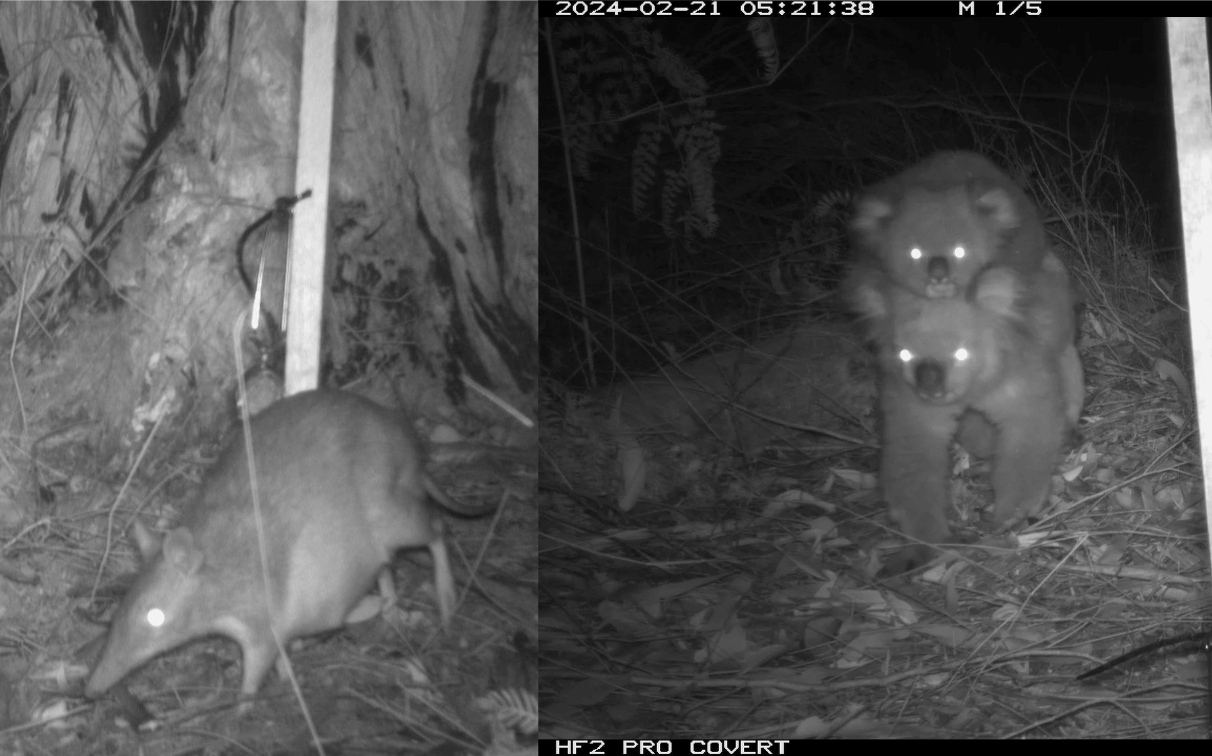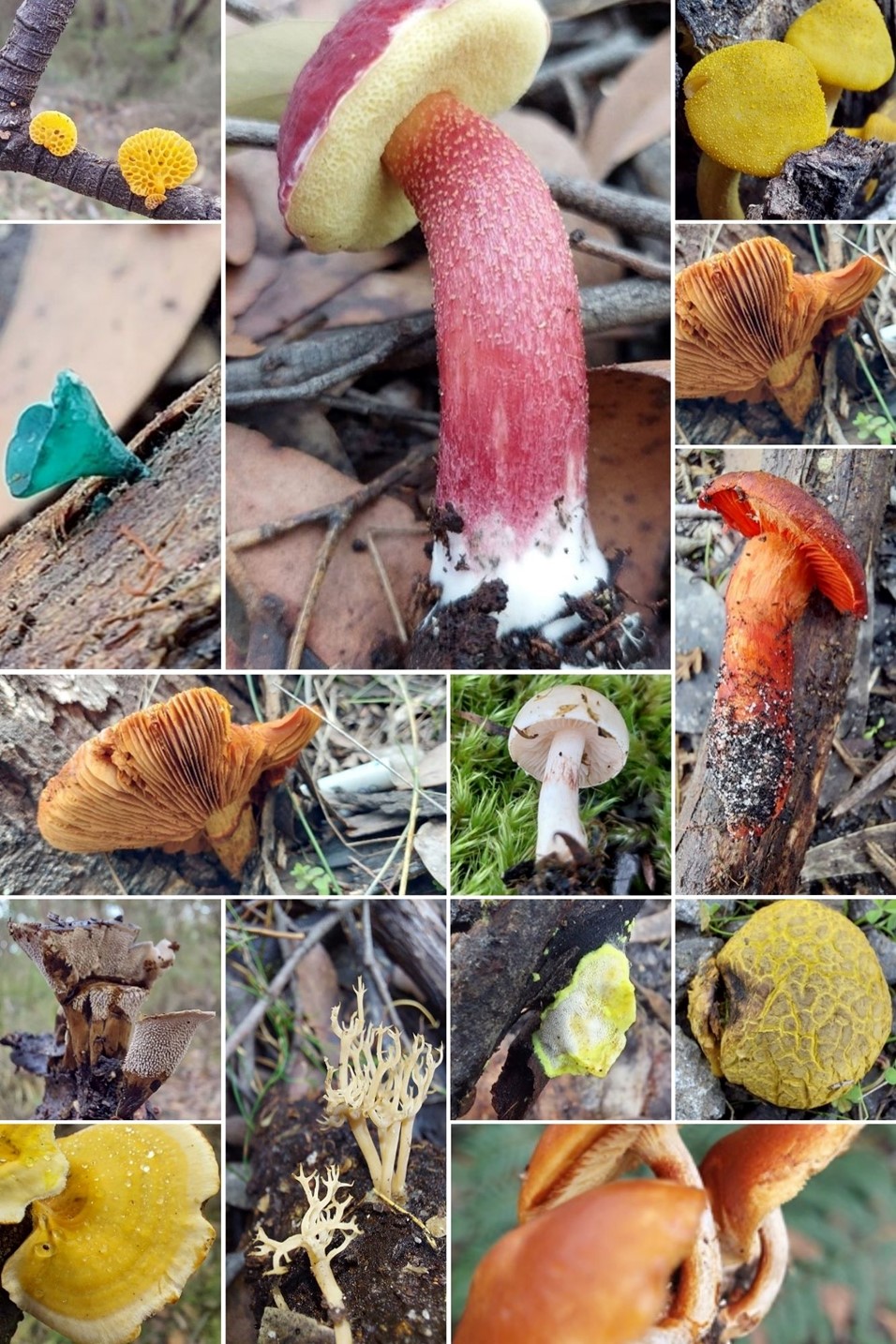Ecological Baselines Shaping a Shared Vision for Cape Otways’ Vegetation & Wildlife
Dr Kay Weltz, Conservation Ecology Centre, Research Project Manager (Operations)
The ecological baseline survey is a collaborative effort between the Conservation Ecology Centre, Melbourne University, Department of Energy, Environment and Climate Action, Eastern Maar Aboriginal Corporation, and Parks Victoria. By integrating cultural knowledge and ecological data, the project supports the development of a long-term conservation plan for the region, enhancing biodiversity and maintaining the landscape’s resilience. The data collected in this project will also be used for post-burn monitoring to evaluate the impact of fire regimes on the landscape and biodiversity. The findings will guide adaptive management strategies, continually improving fire management practices and habitat health in the area.

Cape Otway’s diverse ecosystems, from Wet Heath to Coastal Dune Scrub, provide critical habitat for species like the long-nosed potoroo and leafy greenhood orchid. This study aims to establish a pre-fire ecological baseline before planned burns on the Cape, covering fauna, flora, and fungi. We surveyed small mammal populations using baited camera traps, conducted bird surveys using the transect method and audio recorders, and completed snail and fungi surveys. Vegetation surveys are scheduled for spring 2024. Additionally, any notable observations outside the formal surveys were recorded opportunistically.

So far, the survey has recorded significant biodiversity across Cape Otway’s varied habitats and contributing to a richer understanding of the area’s ecological complexity. A total of 56 bird species have been identified, with notable variation in species composition between coastal and inland ecological vegetation classes (EVCs). In mammal surveys, 2,977 detections have been logged, with bush rats, agile antechinus, and long-nosed potoroos being particularly abundant, with only few recordings of feral species such as foxes and cats. Opportunistic sightings of reptiles included the Copper Skink, Tiger Snake and White-lipped Snake, while invertebrate species such as dragonflies, butterflies, spiders and various beetles have also been documented. Fungal diversity was incredibly high with many genera identified as unique to certain EVC’s. These preliminary findings are providing valuable insights into species distribution and habitat preferences across the varied EVC’s on Cape Otway, which will be essential for post-burn monitoring and ongoing management improvements.